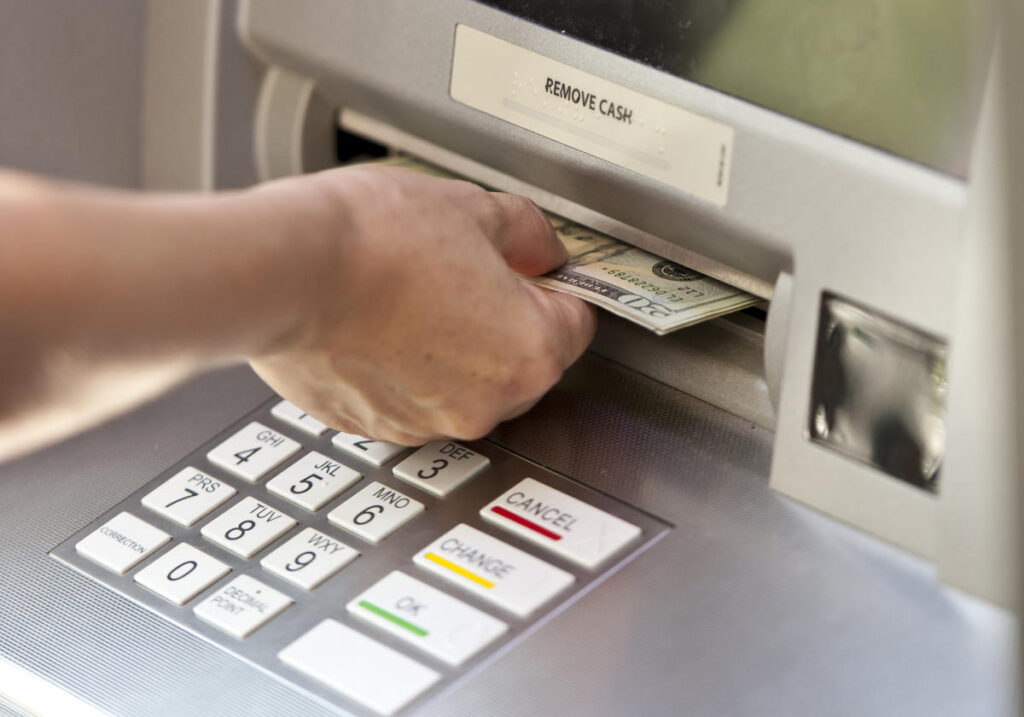Money market accounts (MMAs) typically offer higher interest rates compared to traditional savings accounts. However, these high-yield accounts often come with restrictions on withdrawals. Many banks enforce a limit on the number of transactions you can make per month without incurring fees, with a common cap being six withdrawals. This limitation can apply to various types of transactions, and exceeding it can result in additional fees or the automatic transfer of funds to a non-interest-earning checking account. Understanding these restrictions is crucial for anyone considering an MMA, as they can significantly influence overall returns.
The limitations on withdrawals stem from historical regulations. Before 2020, Regulation D mandated that banks could only allow six “convenient transfers” per month from savings accounts, including MMAs. Although this regulation was lifted, many banks chose to retain the limitation. Consequently, most MMAs still impose a restriction where you can make up to six withdrawals without penalties each month. While there is generally no cap on ATM and in-branch withdrawals, exceeding the established limit can lead to an “excessive withdrawal fee” or other penalties. Additionally, banks may enforce restrictions on the amounts that can be transferred or withdrawn daily.
The penalties for exceeding withdrawal limits vary across financial institutions. Some banks maintain strict policies and may charge an “excessive withdrawal fee” for every transaction that surpasses the limit. Unfortunately, these fees can often be challenging to locate in the fine print of account disclosures. Potential account holders should conduct thorough research online regarding the bank’s deposit account agreements. For those already holding an MMA, checking the bank’s fee schedule or reaching out for clarification can mitigate any surprises regarding fees.
In some cases, banks may react more severely to frequent violations of withdrawal limits. Some institutions, such as Synchrony Bank, may refuse to process transactions after the limit is breached, returning checks or denying transfer requests. Persistent limit violations could lead to account closure, with funds moved to a basic checking account that typically earns no interest. Such closures may also impact credit history with agencies like ChexSystems, potentially complicating future banking endeavors.
To avoid incurring fees and penalties in a money market account, it’s advisable to choose an institution that permits unlimited withdrawals. Additionally, account holders should monitor their transactions carefully, setting alerts or using banking apps to track activity. It is advantageous to conduct withdrawals at bank branches or through in-network ATMs, especially after reaching the monthly limit. For everyday cash needs, transferring money to a checking account can be more beneficial. Maintaining the minimum balance and enrolling in online banking can also help avoid monthly maintenance fees associated with MMAs.
Fortunately, many financial institutions now offer MMAs that allow unlimited withdrawals, providing greater flexibility to customers. For example, CIT Bank offers a Money Market Account with a competitive 1.55% annual percentage yield (APY), while City National Bank’s accounts range from 0.85% to 1.36% APY. Other notable options include Mountain America Credit Union, SF Fire Credit Union, Navy Federal Credit Union, and Sallie Mae, providing enticing interest rates that cater to various financial needs. This landscape of high-yield MMAs reflects a growing trend towards accommodating more customer-friendly policies.

